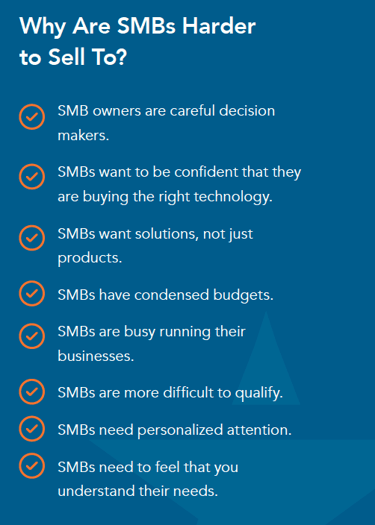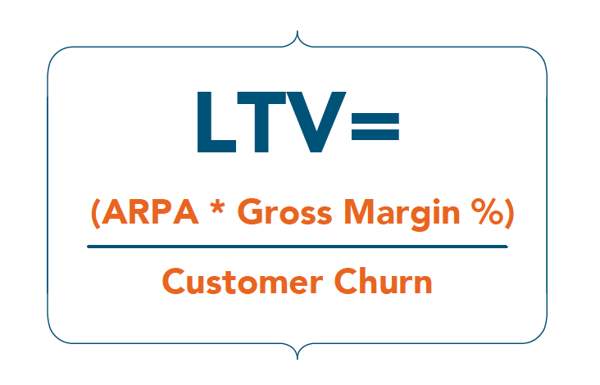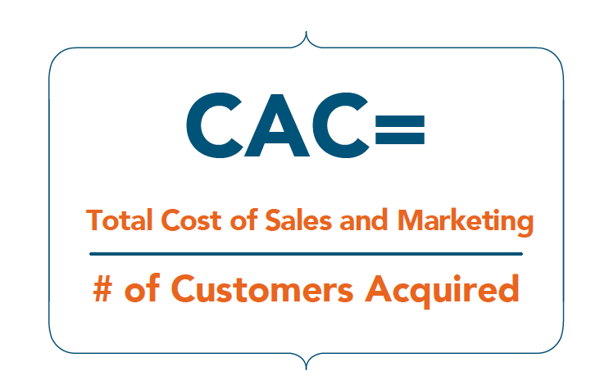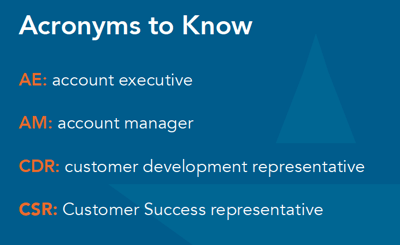Chapter 2
The Roadblocks and Benefits of Selling to SMBs
Small and medium-sized businesses purchase differently than large enterprise organizations do.
Whereas larger organizations tend to have teams of decision makers representing various departments, SMBs have fewer decision makers—and in many cases, the owner is the sole decision maker.
Enterprise sales take substantially longer, largely because there are so many decision makers involved in the process. The sales rep needs to be prepared to focus on the long game, building relationships with key players and making multiple presentations and demonstrations to satisfy everyone involved.
With SMB sales, the process is much shorter. Because there is usually only one decision maker, the sale can often be closed with the first demo.
The application of content as part of the sales process differs as well. Where the enterprise prospect wants to see more successful case studies of companies in similar markets and of similar size, the SMB buyer relies more on peer recommendations and trust as the result of their own research.
Time Constrained
SMB decision makers tend to be busy running their business and rely on strong partnerships and vendors to navigate upgrading their technology infrastructure. For example, 66 percent of SMB owners are responsible for three or more business areas, including:
- Operations
- Finance
- Sales
- Marketing
- Human resources
- Customer service
- Product development
- IT
This means that SMB buyers often have to research technology solutions in their spare time. As a result, an overabundance of information often clouds their ability to make a quick decision, especially when they feel that the wrong choice could be a setback for their business.
Risk Aversion
SMB owners are highly risk averse. With smaller budgets than those of enterprise operations, SMBs are frequently bootstrapping operations and can’t afford to make a mistake when choosing technology. They are usually looking for solutions to well-understood problems, and assurances that they are making the right choice.
For example, enterprise organizations tend to have vast amounts of data stored in different corporate siloes so that when they choose a customer relationship management (CRM) solution, they expect to invest in more expensive platforms that can handle data normalization and integration. SMBs don’t have the same problem and generally look for technology that they can deploy on the fly.
Budget Restrictions
SMB budgets are another consideration. The average SMB is spending between $10,000 and $49,000 annually on technology. However, IT budgets are increasing. Thirty-seven percent of companies with 99 employees or less, 47 percent of companies with 100-499 employees, and 51 percent of companies with 500-999 employees will increase their IT budgets in 2020.
 Lead Scoring
Lead Scoring
Some smaller companies know what they need but don’t have the budget to make the move, or they are waiting for funding, or they are still refining their business model. That is why you need to use lead scoring and other strategies to make sure a lead is ready to buy and not just window shopping. In many cases, it’s best to keep your leads warm by providing ongoing information and continuing to educate them until they are ready to buy.
Right-Sized Selling
To make SMB sales profitable, you have to reduce selling costs. For example, using old-school solution-selling strategies, a sales rep would work with a prospect from lead generation through to final contract and onboarding. But this sales model is too costly for going after the SMB space.
The aim is to hire an experienced sales team, then equip them with the right tools, including a sales automation tool such as Outreach.io, to efficiently work through more leads and develop conversations with warm leads.
Lifetime Customer Value
In order to make your SMB sales initiative profitable, you need to match the value of the sales resource to the LTV of a customer. The basic formula for LTV is the sum of the length of time you have the customer plus the number of products they buy, offset by customer churn rate.

- ARPA is the average revenue per account
- Gross margin is the difference between revenue and cost of goods sold
- Customer churn rate is the rate at which customers cancel subscriptions
Calculating your customer acquisition cost (CAC) is equally important because you want to benchmark your CAC against your LTV to gauge profitability.

Ideally, you want a CAC:LTV ratio of 1:3, wherein $1 dollar spent on CAC generates $3 of customer revenue.
In most cases, a high-touch sales process will result in a higher CAC and is not cost-effective. Outsourcing and automating lead generation and much of the SMB sales process can help you economize and minimize CAC against LTV.
%20of%20Customers.png?width=1305&name=Lifetime%20value%20(LTV)%20of%20Customers.png)

 Lead Scoring
Lead Scoring

 The sales team needs to deliver contextual support at each step of the customer’s journey, and the best strategy is to apply a more diversified approach, with specialists supporting the prospective customer at each step.
The sales team needs to deliver contextual support at each step of the customer’s journey, and the best strategy is to apply a more diversified approach, with specialists supporting the prospective customer at each step. 


